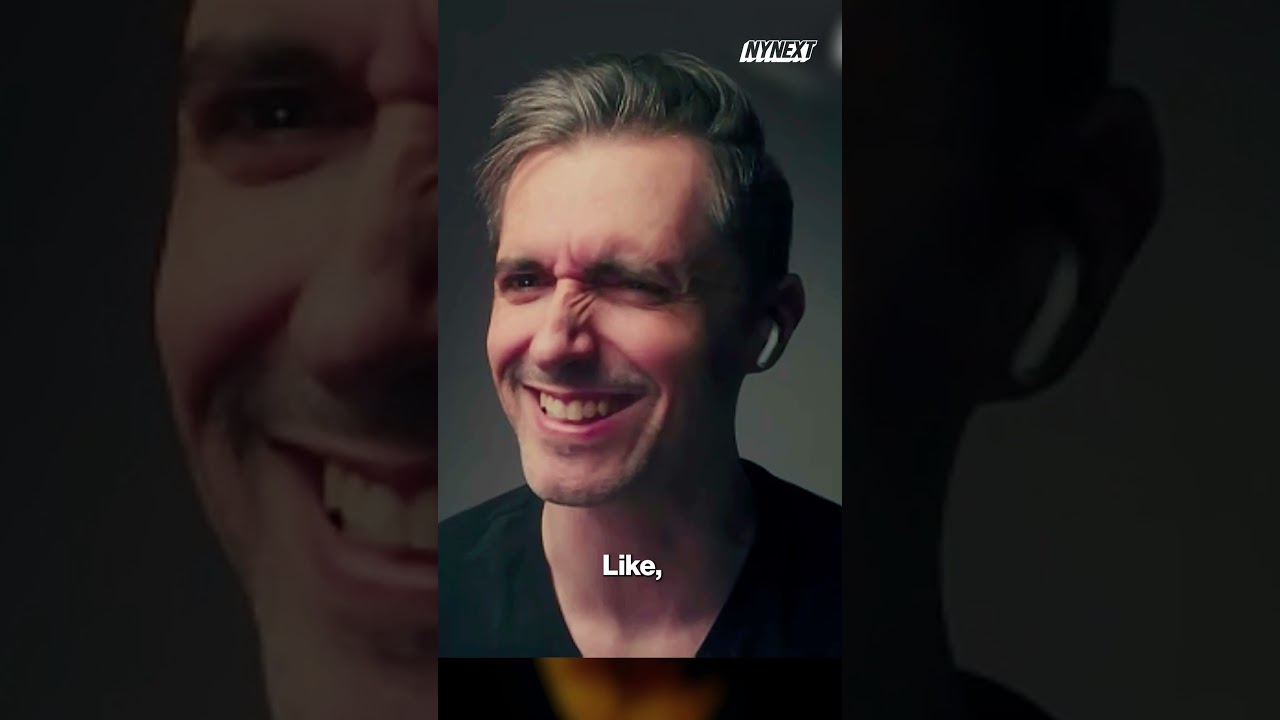The video highlights the rapid advancements in AI technology, particularly in visual media, suggesting that AI-generated content is approaching the quality of traditional film, though it still faces challenges like the “uncanny valley.” The speaker predicts that within the next 6 to 12 months, AI visuals will become nearly indistinguishable from real footage, potentially revolutionizing filmmaking and storytelling.
The video discusses the rapid advancements in artificial intelligence (AI) technology, particularly in the realm of visual media, and how it is approaching the quality of traditional film. The speaker emphasizes that while we are not yet at the point of achieving perfect realism, significant progress is being made, especially in the performance aspect of AI-generated content.
A key concept introduced is the “uncanny valley,” which refers to the phenomenon where something appears almost human or lifelike but still has subtle differences that make it feel off or unsettling to viewers. This has been a challenge in computer-generated (CG) films, where early attempts often fell short of convincing audiences. The speaker notes that similar issues are present in current AI-generated visuals, but they believe that improvements are on the horizon.
Looking ahead, the speaker predicts that within the next 6 to 12 months, AI technology will advance to a point where the visuals produced will be nearly indistinguishable from real-life footage. This leap in quality could revolutionize the way films and other visual media are created, allowing for a more seamless integration of AI-generated elements with live-action content.
The implications of this technology are vast, as it could enable filmmakers to create realistic sets and environments without the need for extensive physical locations or props. This would not only streamline the production process but also open up new creative possibilities for storytelling and visual effects.
In conclusion, the video highlights the exciting potential of AI in the film industry, suggesting that we are on the brink of a new era where the line between reality and digital creation becomes increasingly blurred. As technology continues to evolve, it will be fascinating to see how it transforms the landscape of visual media and the experiences of audiences.
